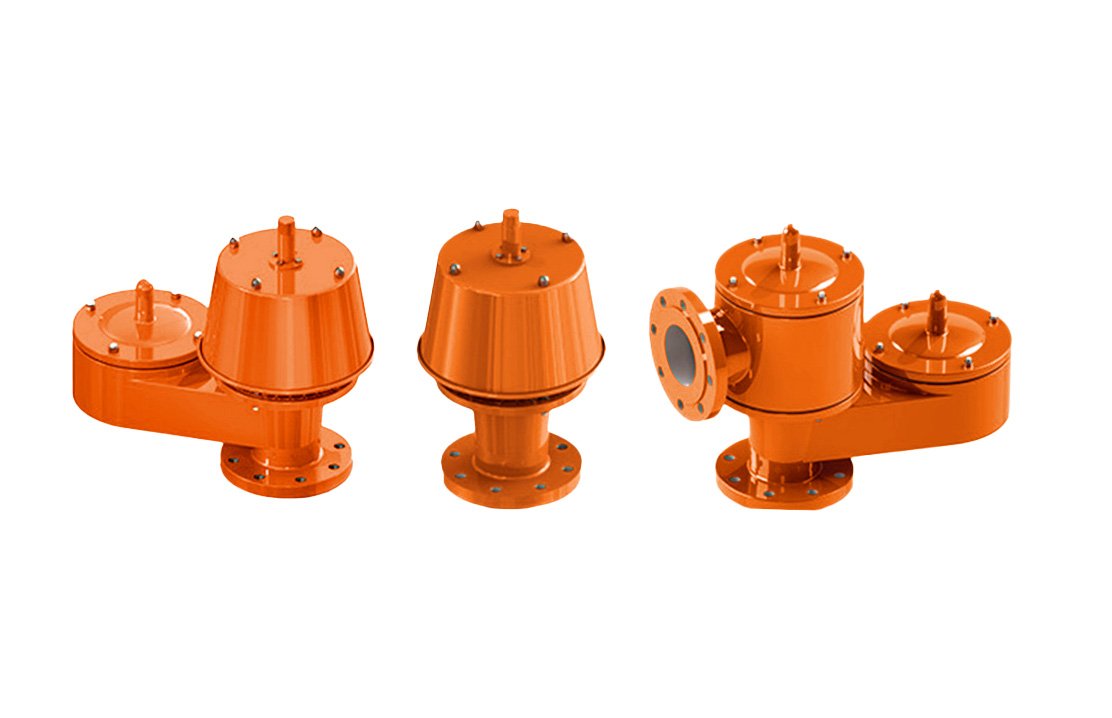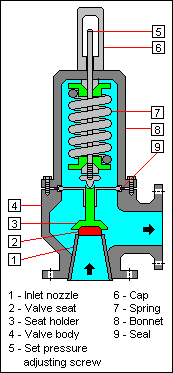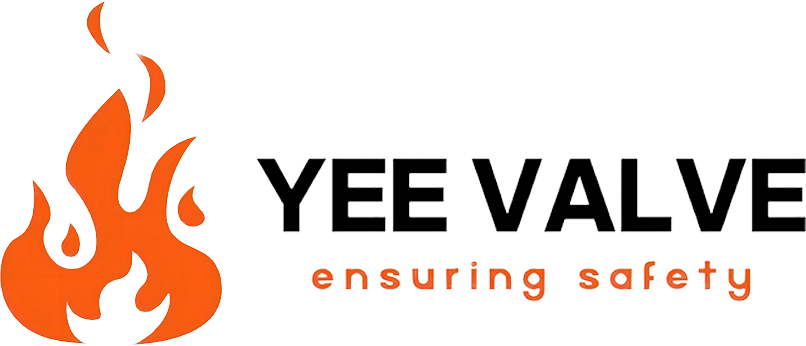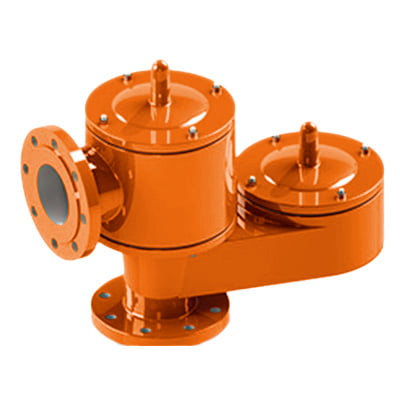Todos sabemos que escolher a válvula certa é importante para garantir a segurança e a eficiência do processo de produção industrial. Válvulas de respiro e válvulas de alívio de pressão (PRVs) são duas válvulas comumente usadas que geralmente são confundidas devido às suas funções semelhantes. Este artigo fornecerá uma rápida compreensão das diferenças entre uma válvula de respiro e uma válvula de alívio de pressão.
As válvulas de respiro e as válvulas de alívio de pressão (PRVs) são cruciais para manter os níveis de pressão seguros nos sistemas industriais. Enquanto ambos impedem o acúmulo de pressão excessiva, mas
As válvulas de respiro gerenciam principalmente a pressão e o vácuo em recipientes selados, usando paletes carregados de peso ou com mola.
Os PRVs são projetados para aliviar o excesso de pressão em um sistema, abrindo em um ponto de pressão predeterminado, protegendo o equipamento de possíveis danos.
Qual é a diferença entre uma válvula de respiro e uma válvula de alívio de pressão?
Em muitos casos, a válvula de respiro também é chamada de válvulas de alívio de pressão/vácuo. Deixe -me explicar que existem muitos termos diferentes com o mesmo nome, mas o tipo e a função da válvula são completamente diferentes. A chamada válvula de alívio de pressão aqui é principalmente uma válvula convencional de alívio de pressão da tubulação, que controla o ponto de alívio da pressão da válvula através da força predefinida da mola. Obviamente, a válvula de respiro também usará a carga de mola quando a pressão ou a pressão negativa a vácuo for relativamente alta. Então, aqui comparamos a diferença entre a válvula de respiro e a válvula geral de alívio de pressão.
Válvula de respiro

Função
A válvula de respiro, o outro termo é chamado de válvula de alívio de pressão/vácuo (PVRV), foi projetado para proteger tanques e vasos de pressão excessiva e condições de vácuo. Ele permite um fluxo controlado de gás dentro e fora do tanque para equilibrar a pressão interna e externa durante operações normais, como enchimento e esvaziamento.
Operação
A válvula opera abrindo quando a pressão dentro do tanque exceder um certo limiar, liberando excesso de pressão (ventilação) ou quando um vácuo é detectado, permitindo que o ar entre no tanque. Isso evita danos ao tanque causado por flutuações de pressão.
Formulários
Comumente usado em tanques de armazenamento para líquidos voláteis para minimizar a perda de vapores e impedir danos estruturais no tanque.
Válvula de alívio de pressão
Uma válvula de alívio de pressão (PRV) é um tipo de válvula de segurança usada para controlar ou limitar a pressão em um sistema. Se a pressão no sistema ficar muito alta, poderá causar uma virada de processo, falha de instrumento ou equipamento, explosão ou incêndio.
Função
Uma válvula de alívio de pressão é projetada principalmente para evitar pressão excessiva em um sistema que pode levar a falhas ou explosão catastróficas. É um dispositivo de segurança que abre a uma pressão de conjunto predeterminado para permitir a pressão excedente para escapar.
Operação
PRVs open fully to discharge excess pressure from the system when the pressure exceeds the valve’s setpoint. Once the pressure is reduced to safe levels, the valve closes to stop the flow.
Formulários
Os PRVs são usados em vários sistemas, como dutos, reatores e vasos de pressão, onde as condições de sobrepressão podem levar a falhas do equipamento ou riscos de segurança.

Principais diferenças
Funcionalidade
As válvulas de respiro controlam pressão e vácuo em um tanque, mantendo condições de operação seguras durante as operações normais do tanque. As válvulas de alívio de pressão são principalmente dispositivos de segurança que impedem a sobrepressão, liberando o excesso de pressão em condições de emergência.
Definir pontos
As válvulas de respiro definiram pontos para pressão e vácuo, normalmente operando em diferenciais de pressão muito mais baixa.
Os PRVs geralmente são definidos como pressões mais altas para evitar condições de sobrepressão que podem causar falha do sistema.
Aplicativo
As válvulas de respiro são normalmente usadas em tanques de armazenamento atmosférico, enquanto as válvulas de alívio de pressão são usadas em uma ampla gama de sistemas pressurizados, onde a sobrepressão deve ser estritamente controlada.


Válvula de respiro vs válvula de alívio de pressão PRV
Todos sabemos que escolher a válvula certa é importante para garantir segurança e eficiência [...]
Agosto
Procedimento de teste da válvula de respiro
Em sistemas de tanques industriais, a válvula de respiro é um componente chave para garantir que [...]
Agosto
3 etapas simples para selecionar rapidamente a válvula de respiro correta
YeeValve é uma divisão especializada da THINKTANK que fabrica válvulas de respiro. Oferecemos consultoria gratuita [...]
Agosto
Serviço e suporte técnico
1. Assistência Técnica Yee Valve oferece orientação especializada para seleção, instalação e manutenção de válvulas. Clientes [...]
Poderia
Lista de verificação do pedido
Quando você faz um pedido para Yee Valve aqui estão os passos que você deve seguir
Poderia
Como dimensionar a válvula de respiro?
Para dimensionar adequadamente uma válvula de respiro, siga estas etapas: Etapa 1. Determine as especificações do tanque Meça [...]
Poderia